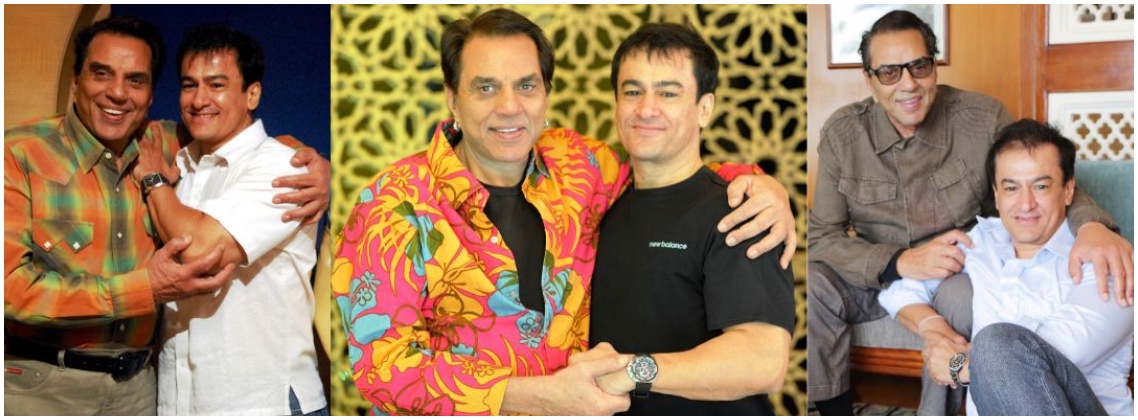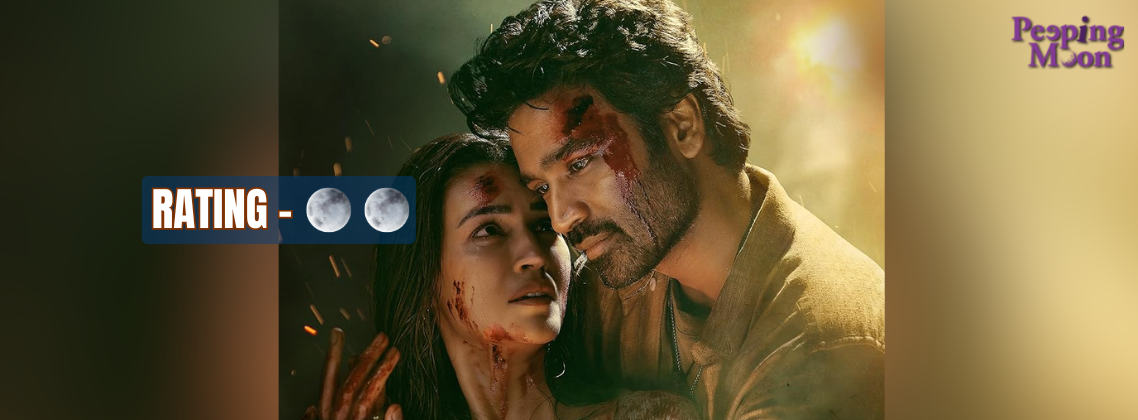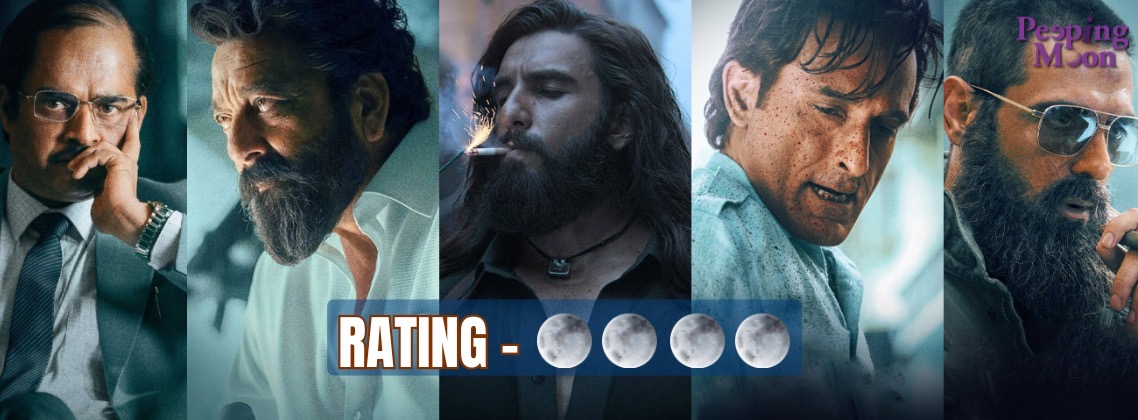Films being banned is not a recent trend. Even British India had seen the banning of the 1921 film Bhakta Vidur in Karachi and Madras for political reasons. The film had released soon after the Jallianwala Bagh massacre and Rowlatt Act, and the reason for its banning was that the character Vidura was moulded on the personality of Mahatma Gandhi. The Brits could simply not allow that!
Amidst the unending furore over Padmaavat, which four state governments attempted to ban before its release, we revisit the films that faced rough weather with the Censors. While some were banned altogether, others were allowed later, while still others were yanked out of cinema halls.
RECOMMENDED READ: FIRST LOOK AT PADMAAVAT’S CERTIFICATION AND CUTS!
Gokul Shankar (1963) was banned for depicting the psychological motivations of Nathuram Godse, the assassin of Mahatma Gandhi.

The release of Garam Hava was held up by the censors for 8 months in 1973. The film depicted a family in post-Partition Agra, where a Muslim man chooses to stay on in India, rather than migrate to Pakistan. The CBFC had given the film a rejection certificate, saying it could incite communal tensions. However, Prime Minister Indira Gandhi insisted that the film is passed without any cuts, and it went on to release in Indian theatres, in 1974.
Aandhi, a 1975 Indian political drama film starring Sanjeev Kumar and Suchitra Sen, and directed by Gulzar, was supposed to be based on the life of the then-Prime Minister Indira Gandhi and her relationship with her estranged husband. This Suchitra Sen-Sanjeev Kumar starrer was not allowed a full release when Mrs. Gandhi was in power. Banned during the national emergency of 1975, a few months after its release, the film became a national topic. After Mrs. Gandhi’s defeat in the 1977 national elections, the ruling Janata Party cleared Aandhi and had it premiered on the state-run television channel.

In 1977, a political spoof, Kissa Kursi Ka was banned by the Congress government for allegedly lampooning the Emergency. It is reported that the master prints and all copies of the film were lifted from the Censor Board office and burned by Sanjay Gandhi supporters. The film was later remade with a different cast.
Sikkim, a 1971 Indian documentary about the nation of Sikkim, was directed by Satyajit Ray. The documentary had been commisioned by the Chogyal (King) of Sikkim at a time when he felt the sovereignty of Sikkim was under threat from both China and India. Ray's documentary was about the sovereignty of Sikkim. However, the film was banned by the government of India, when Sikkim merged with India in 1975. In 2000, the copyright of the film was transferred to the Art and Culture Trust of Sikkim. The ban was finally lifted by the Ministry of External Affairs (MEA) in September 2010.

Even the 1984 adventure entertainer Indiana Jones and the Temple of Doom could not escape the wrath of the Censor Board. The film was banned temporarily for its ‘negative’ depiction of Indians because of a scene, set in India, where characters are served monkey brains. Monkeys are seen as sacred animals in Hinduism. The ban was later revoked.
Taking up the cause of women’s rights, the Board denied a rating to the 1987 film Pati Parmeshwar. Reason: It depicted a woman in "ignoble servility" of her husband. The film was later allowed to release by the Bombay High Court.

1994’s Bandit Queen, based on the life of dacoit turned politician Phoolan Devi, had been temporarily banned temporarily by the Delhi High Court. This was after Phoolan Devi, the subject of the film’s story, challenged its authenticity.
Mira Nair’s 1996 film, Kama Sutra: A Tale of Love, which takes its title from the ancient Indian love treatise, almost didn’t release in India. It was banned due to its sexual content. It was finally cleared after six of the erotic scenes had to be cut and eight were completely removed by local censors. Too hot for Indians, apparently!

Loosely based on Ismat Chughtai's 1942 story, Lihaaf (The Quilt), Fire was one of the first mainstream Bollywood films to explicitly show homosexual relations. After its 1998 release in India, Hindu fundamentalist groups staged several protests, and some theatres screening the film, which depicted a lesbian relationship, was attacked. The film was withdrawn and sent back to the Censor Board. Later it was released uncut.
An Indian crime thriller film written and directed by Anurag Kashyap, Paanch was said to be loosely based on the 1976-77 Joshi-Abhyankar serial murders in Pune. The 2001 film never got a theatrical or home-video release. The CBFC had objected to the film's violence, the depiction of drug abuse and bad language. After some cuts, the film was cleared in 2001 but remained unreleased. It later did the rounds of several film festivals.
2003’s Hawayein, set against the backdrop of the 1984 Sikh genocide, was banned in the Indian states of Delhi, J&K, Haryana and Punjab.

The Pink Mirror (2004), an award-winning Indian film drama produced and directed by Sridhar Rangayan, was said to be the first Indian film to comprehensively focus on Indian transsexuals with the entire story revolving around two transsexuals and a gay teenager's attempts to seduce a man. The CBFC banned the film citing that it was 'vulgar and offensive'. The filmmaker appealed twice again unsuccessfully. The film still remains banned in India, but has screened at numerous festivals all over the world and won awards.
While 2004’s documentary Final Solution was initially banned by the Censor Board for being provocative and under concerns that it could trigger communal violence as it was based on the 2002 Gujarat violence, Hava Aney Dey was not approved by the Censor Board because the director didn't accept the suggested 21 cuts.

Anurag Kashyap’s Black Friday (2004) based on the 1993 Bombay bombings was initially banned before it was released three years later, while 2005’s Amu based on the 1984 anti-Sikh riots was allowed a release only after certain audio-cuts. Water (2005) faced opposition during its shooting from hardline Hindu organizations in Varanasi, wherein its sets were destroyed. The Uttar Pradesh government decided to stop the shooting on 31 January 2000, following which the film was shot in Sri Lanka. The movie was released in India much later in March 2007.
If Gandu (2010) was banned in India due to explicit sexual scenes, the same fate awaited The Girl with the Dragon Tattoo (2011) which was banned for its adult scenes of rape and torture. Sexual content also prevented Chatrak from hitting the screens, while 2015’s 50 Shades of Grey was not given a rating by the Censor Board, even after voluntary cuts by the distributor!

South Indian star Rajinikanth moved the High Court to stop the release of the 2015 film Main Hoon Rajinikanth, stating that it violated his personality rights, while the same year, Unfreedom was denied a rating by the Censor Board as it was believed the film would cause clashes between Hindus and Muslims, and provoke "unnatural passions". In 2016, Mohalla Assi, which focused on the commercialization of the pilgrimage city Varanasi, was denied a rating, only to be allowed a release by the Delhi High Court the following year, with one cut and adult certification.
With Padmaavat cleared by the Censor Board only after a title change and other modifications, this Sanjay Leela Bhansali period film takes its place among the many that have been embroiled in trouble with the Censors.



.jpg)







